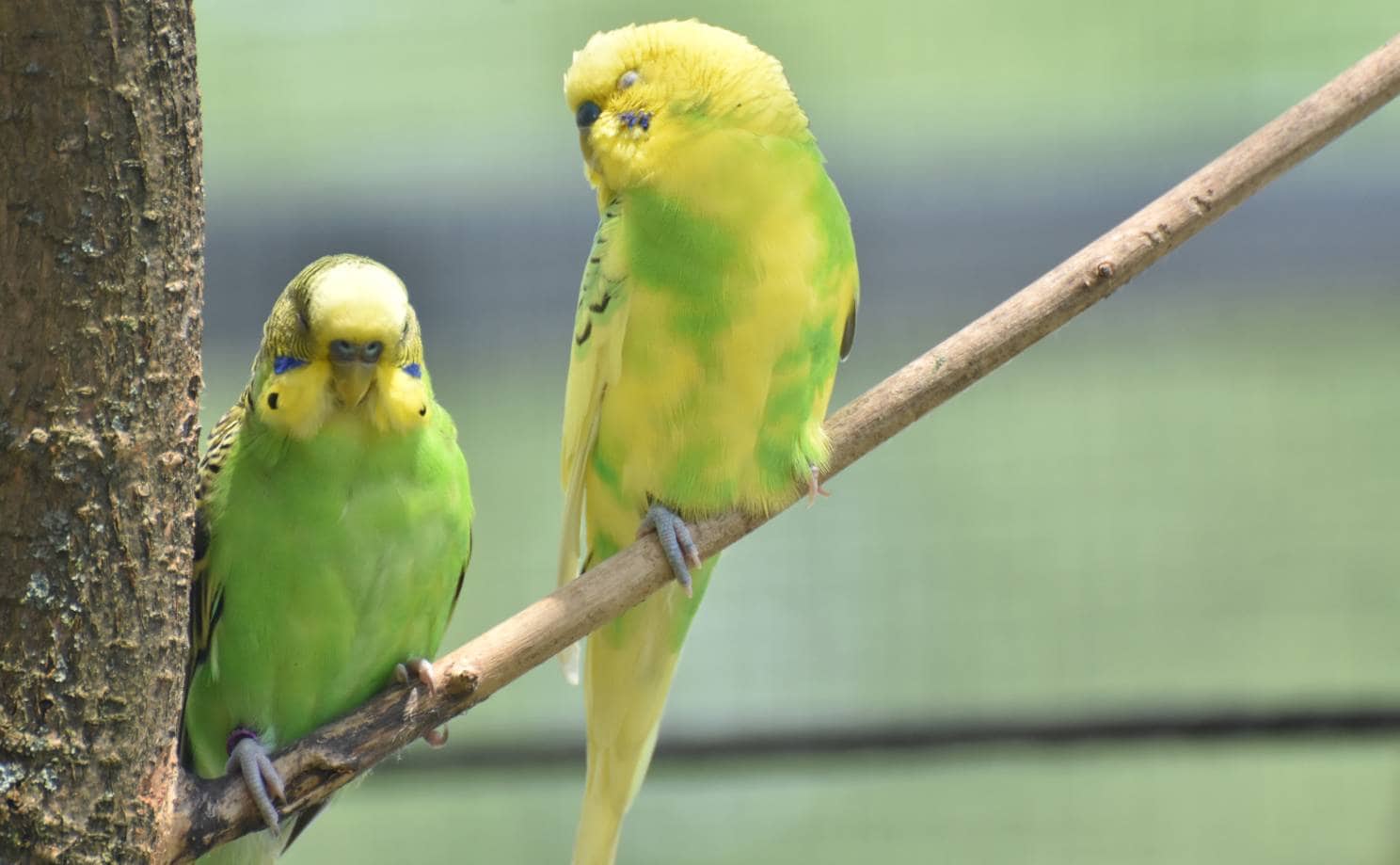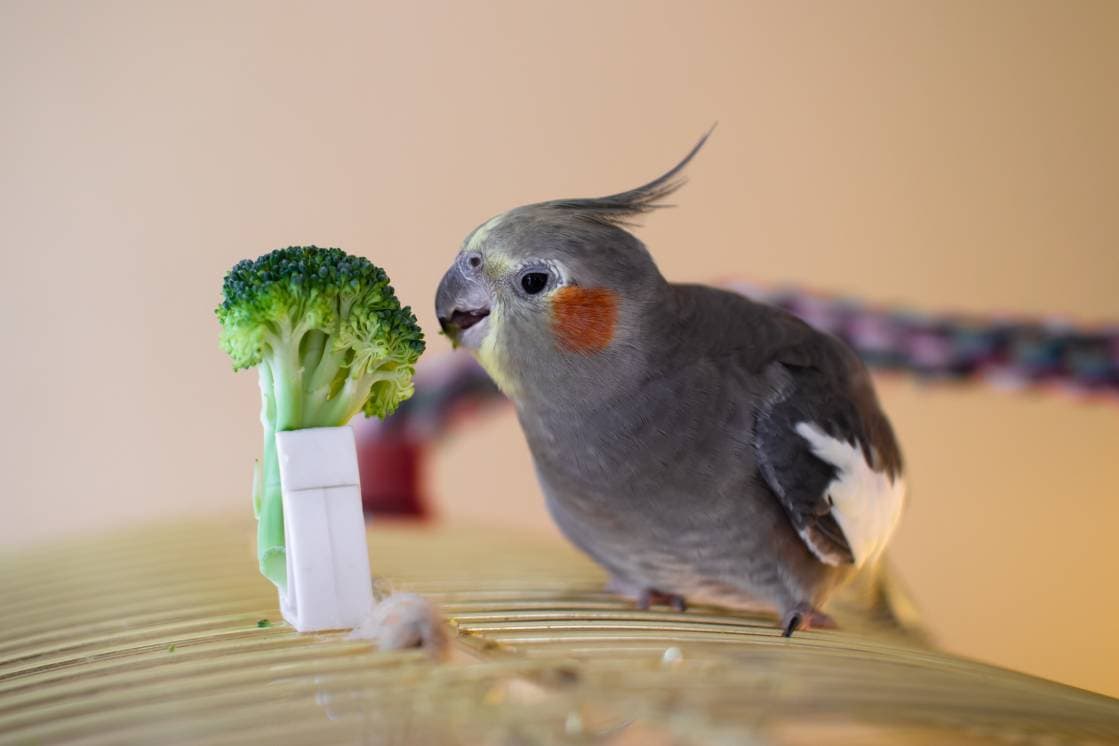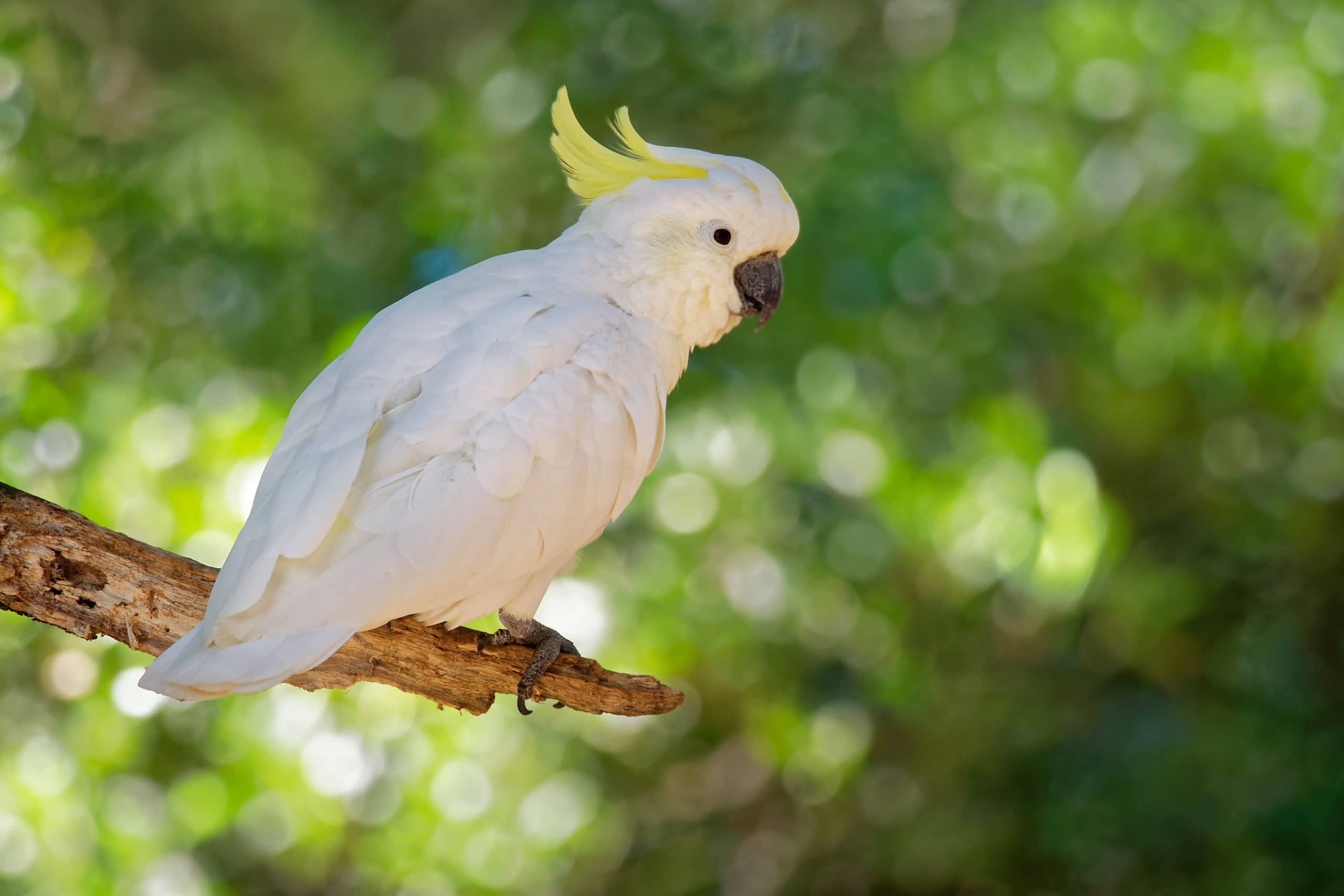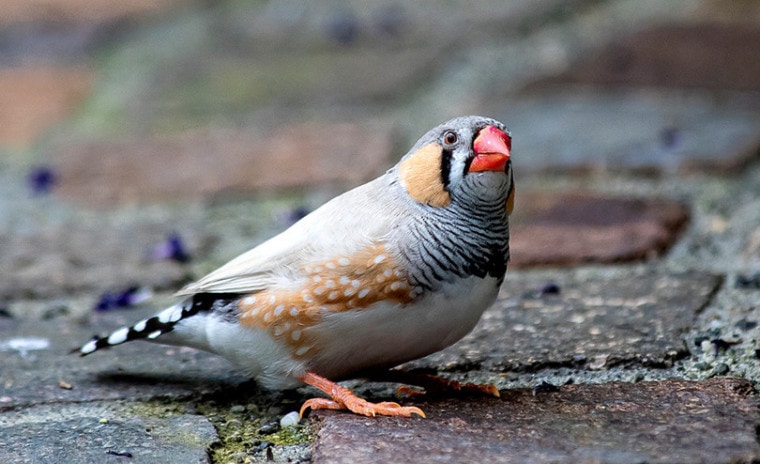
Zebra finches are a small bird species that originate from Australia and can be found worldwide. They live in warm climates with plenty of trees for nesting and food sources, though they do not fly very well, so they will choose to stay on the ground or low branches.
Social birds form large flocks outside of their breeding season, which lasts around nine months out of the year. They have been known to mate for life when given an opportunity and may have a territory of up to 160 acres with over 50 nests! Their popularity stems from the fact that they are relatively inexpensive to buy, easy to care for, and offer hours of entertainment as they sing and play with their toys.
This blog post will cover some basic information about Zebra finches, including what makes them so great as pets, how much time they need each day, types of food they eat, cage requirements, and more!
Species Overview

| Common Names: | Zebra Finch |
| Scientific Name: | Taeniopygia guttata |
| Adult Size: | 3–4 inches |
| Life Expectancy: | 5–10 years |
Origin and History
The Zebra finch originates from Australia, and was first identified by Nicolas Baudin in 1805. In 1966, John Gould described the five subspecies that were present at the time.
Locals saw this bird in their backyards and were worried about deforestation. They did not know that these birds were a large flock and could easily find other trees to inhabit if one got cut down. Eventually, Australian natives realized that the finches were not endangered at all, but thought they would make great pets. The rest is history!
These birds are still very common in their native country. They are often kept as pets, though they have a tendency to spread out and take over an area if food is not limited.
Temperament
Zebra finches are highly social birds and thrive on the companionship of their species. They can also be quite territorial over a small area, such as in their cage or with other birds in the flock. With that said, they do very well as pets due to how easy it is to keep your Zebra finch stimulated through toys and interaction.
The males have been known to become aggressive when protecting territory or mates. Still, this behavior often only lasts a few seconds and then disappears – squabbling is not typically an ongoing issue for most respected owners.
They are generally polite if unprovoked; however, should someone startle them, they may fall from their perch onto the ground, where they will flutter about until you scoop them up. A male Zebra finch will become aggressive if you do not spend enough time with them; finches need plenty of attention from their owners to keep them happy and healthy.
If you have kids, be sure that they do not bother the bird while eating or sleeping, as this will cause him to become stressed and may escalate into aggressive behavior. It’s best if children can interact with pets only during feeding time for them to feel comfortable around you when it comes down to playtime.
As for other pets, a Zebra finch is fine with dogs and cats as long as they are brought home at an early age. The dog or cat should have already been trained to not chase after the bird, which will cause them to become scared and develop a fear of being around larger animals.
Speech & Vocalizations

Zebra finches cannot form words or sentences but can learn to understand up to 200 words. They can also mimic other sounds and songs that they hear from their owners or another bird species.
They are not the best singers but make up for it by being extremely social and interactive – you will most likely enjoy hearing them talk more than anything.
If your Zebra finch is upset, he will sometimes make a high-pitched screech, which is sure to drive you crazy if it happens often enough; when you hear that sound, gently place your finger on the cage and wait for a few moments. The bird will usually come closer to investigate, and then you can reach in and grab him without any hassle.
Their ability to learn makes these birds sought after by pet-owners who want an educated animal that loves attention. They can also become an ideal companion to train to do tricks and even perform for large crowds.
Zebra Finch Colors and Markings
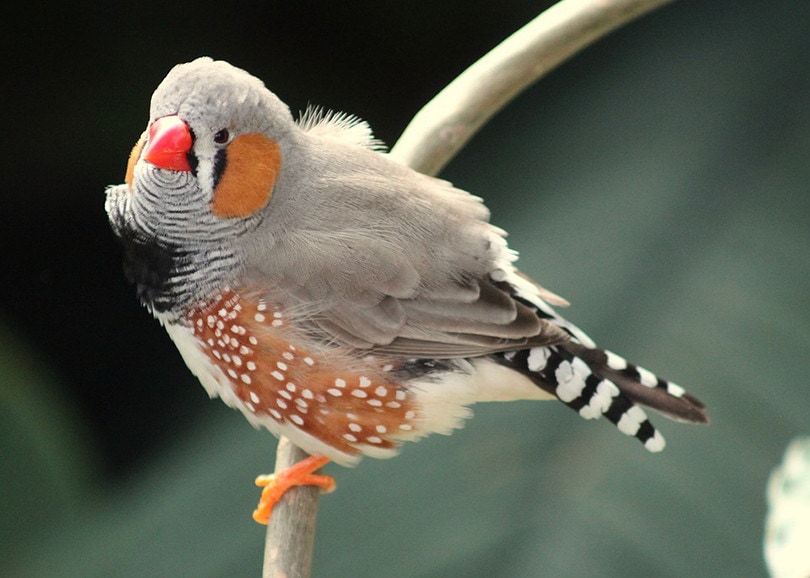
One attractive aspect of owning a Zebra finch as a pet is the wide variety of colors available to you.
Zebra finches can also be crossbred with other species such as Lovebirds to create even more color combinations and patterns.
Caring for the Zebra Finch
Zebra finches live for an average of 5–10 years with proper care. To reach the high-end of the spectrum, you will need to do a few things.
First, get the right cage. The cage must have a grill at the bottom to prevent your bird from ingesting their feces, which can cause blockages in the intestines. You will also want one that’s easy to clean because you’ll be doing it every day due to how messy finches can get. Store your bird’s cage in a dry and quiet place where it can have adequate ventilation – avoid placing the cage by air ducts or radiators as these items can cause the temperature inside to get too hot.
Finch owners need to clean their cage daily because Zebra finches are messy eaters; they throw seed husks all over their food and poop everywhere else. Also, when they’re out of their cages, they often get into trouble and create messes outside of their places of rest. You can easily clean the seed husks and poop with a damp towel. If you have a carpeted floor, try placing a hardwood board down to avoid damaging the fibers when you clean.
Common Health Problems
Diet and Nutrition

Feeding your bird is another vital task; finches should eat approximately 20% of their body weight each day to stay healthy. Zebra finches must eat a balanced diet that consists of fruits, vegetables, seeds, and pellets. Fruits should be given in small portions every other day or daily if they are hungry for an extra treat. Vegetables can also be given but do not feed them too much as it may lead to illness; instead, stick with one leaf of lettuce on your bird’s cage per day. Seeds and pellets come from certified brands suitable for finch birds, and you should keep them dry at all times. Never give your Zebra finch chocolate or salty food products as these will harm them significantly over time.
You can use several tricks when feeding, such as using a mirror outside your bird’s cage to get him interested. If he sees you standing outside of his area, he will become curious about what you’re doing and often try to fly out for a better look. You can also use chewing toys shaped like food items; they’ll help keep your finch’s beak in good shape while encouraging him to eat the foods you offer him.
Exercise
Provide plenty of toys such as swings and ladders for exercise; they need a variety of different options so that boredom doesn’t set in as easily. The more exercise your bird gets, the better he will be at flying and singing. Try hanging toys from the top of the cage to encourage singing.
Birds need to fly, and the Zebra finch is no different. If you do not put a flight cage in to explore and play in, they will become depressed. If the only time they can fly is when you bring them out of their cage, it can affect their ability to adjust back inside after playing for a while. It would be best to give your finch enough room to flap its wings so that he won’t be too weak or lethargic for mating season.
Where to Adopt or Buy a Zebra Finch
If you are interested in purchasing a Zebra finch, your local pet store is the best place to start. You should make sure that they are selling from reputable breeders; some may appear legitimate but can turn out to be illegal dealers. If you would like to adopt a Zebra finch, make sure that he is healthy and has all of his shots first! If you’d rather adopt one of these birds, try contacting a local bird rescue organization or veterinary hospital.
Final Thoughts
Zebra finches are a popular pet for those looking to adopt or buy an inexpensive bird. They require little care and can be found at most pet stores in your area, making them easy to find (especially if you live near one of the many zoos that house these birds). If you’re considering adopting a Zebra finch from a rescue organization or veterinary hospital, make sure he is healthy before bringing him home!
We hope this article has helped answer any questions you might have had about caring for a Zebra finch! If you want more information on fantastic pet birds, visit the bird section of our blog or use the search bar to find a specific species!
Related Reads:
Featured Image Credit: minka2507, Pixabay


